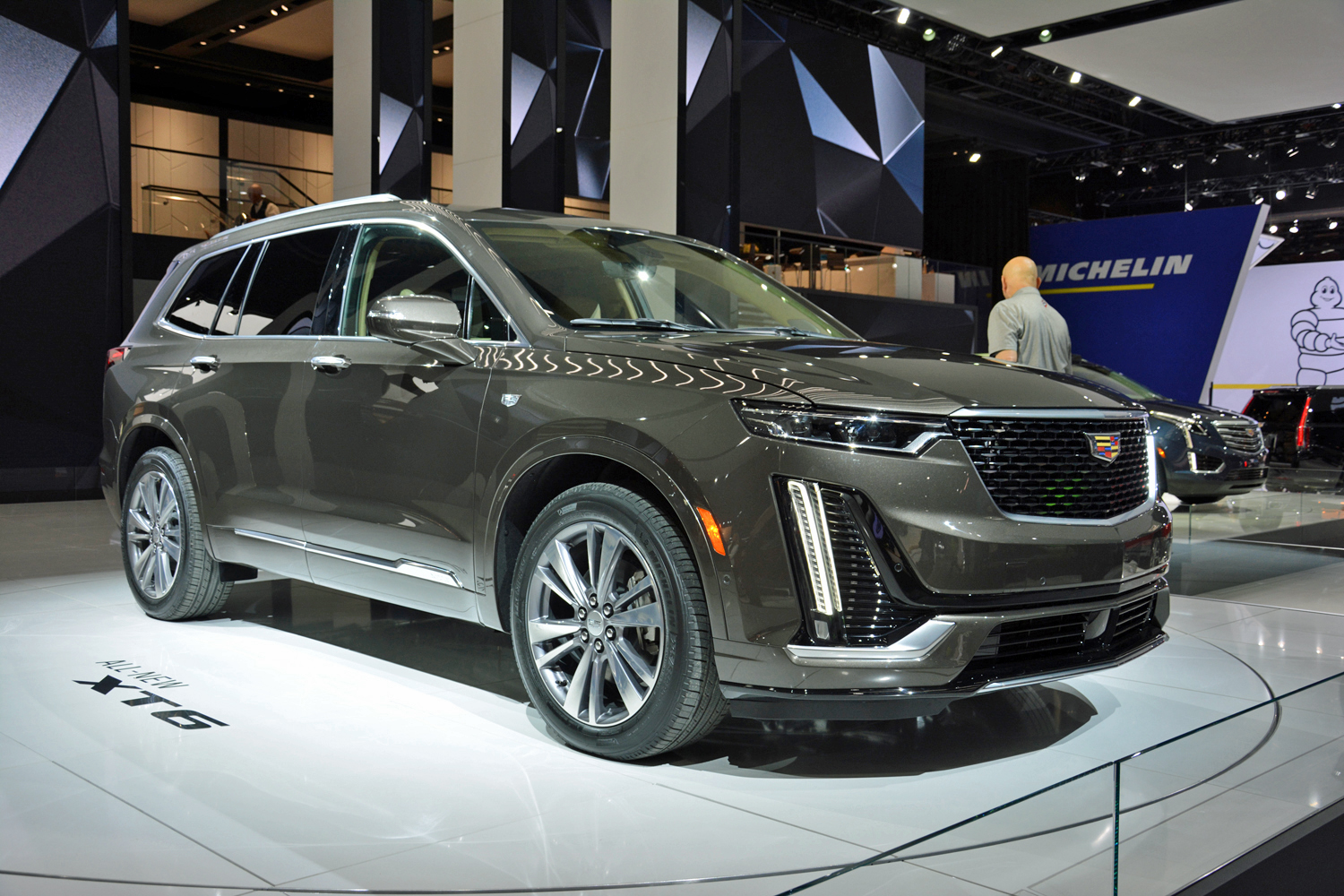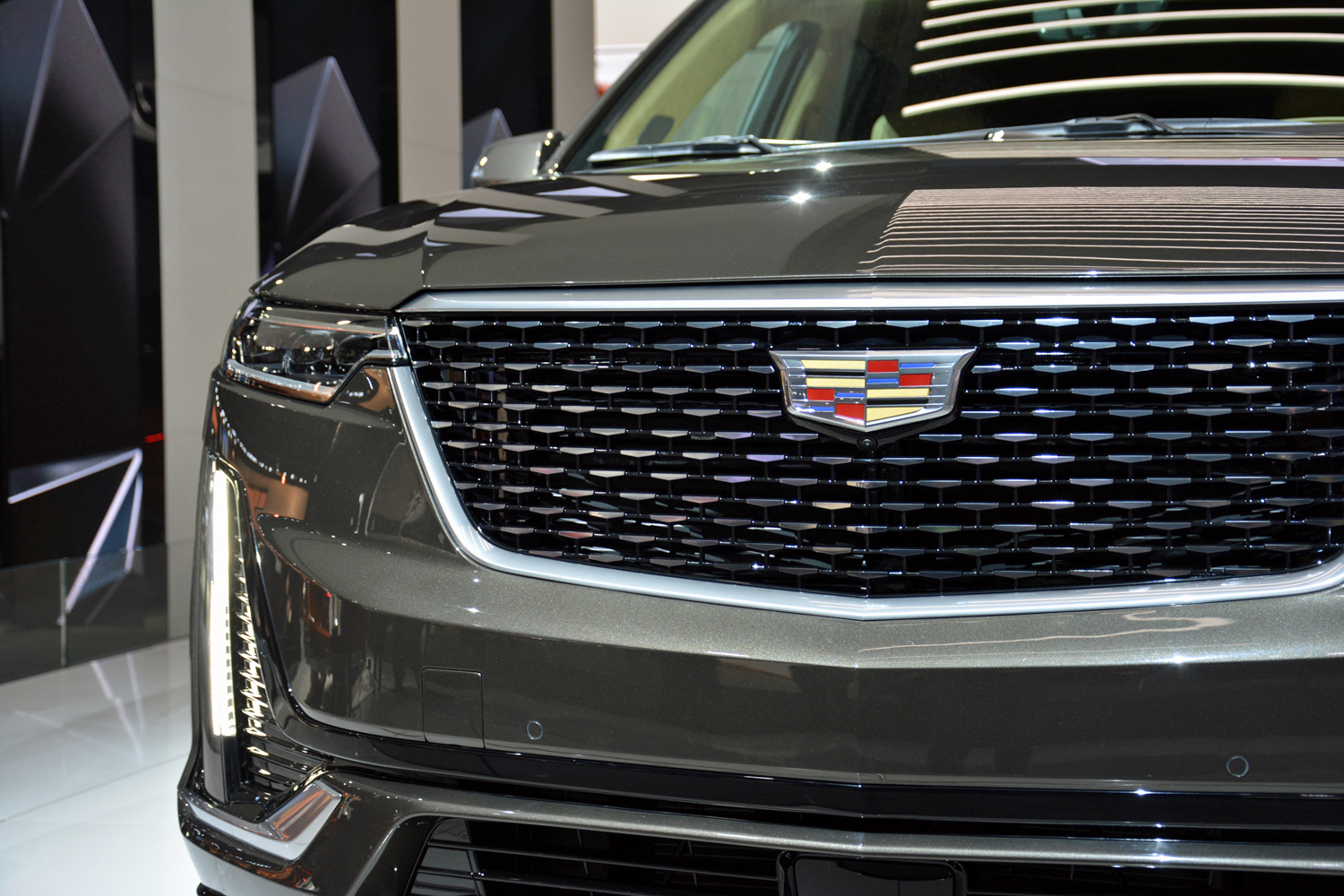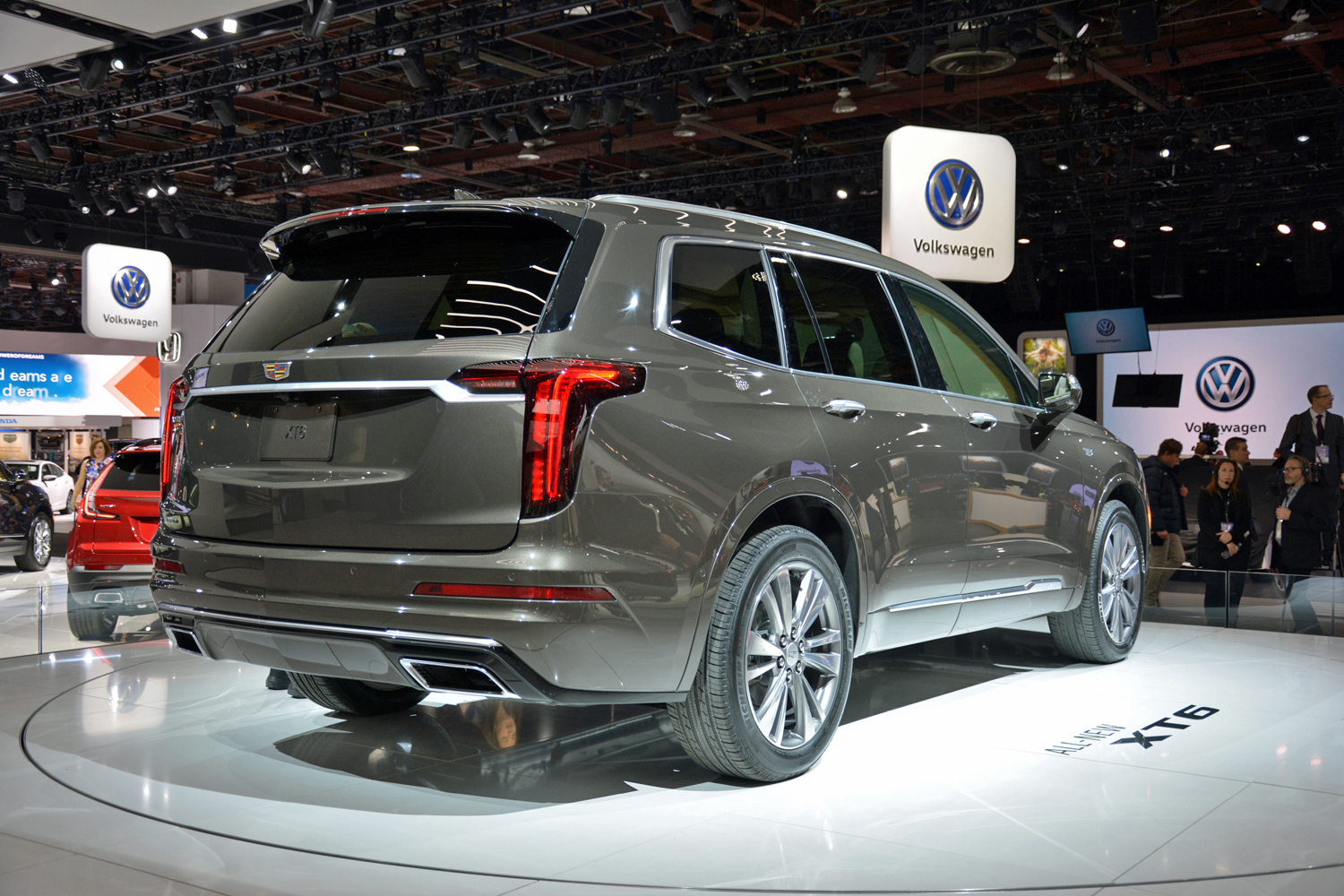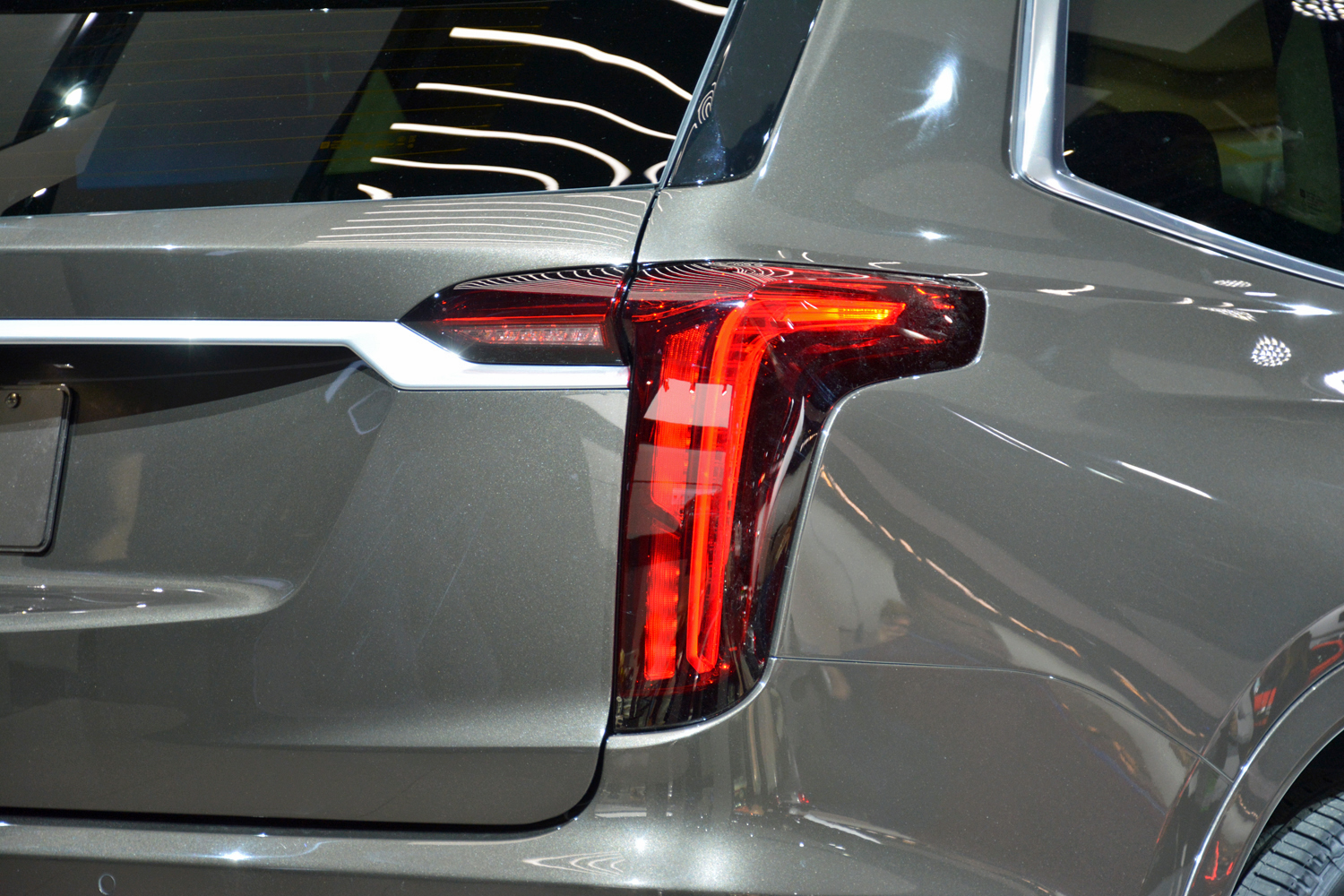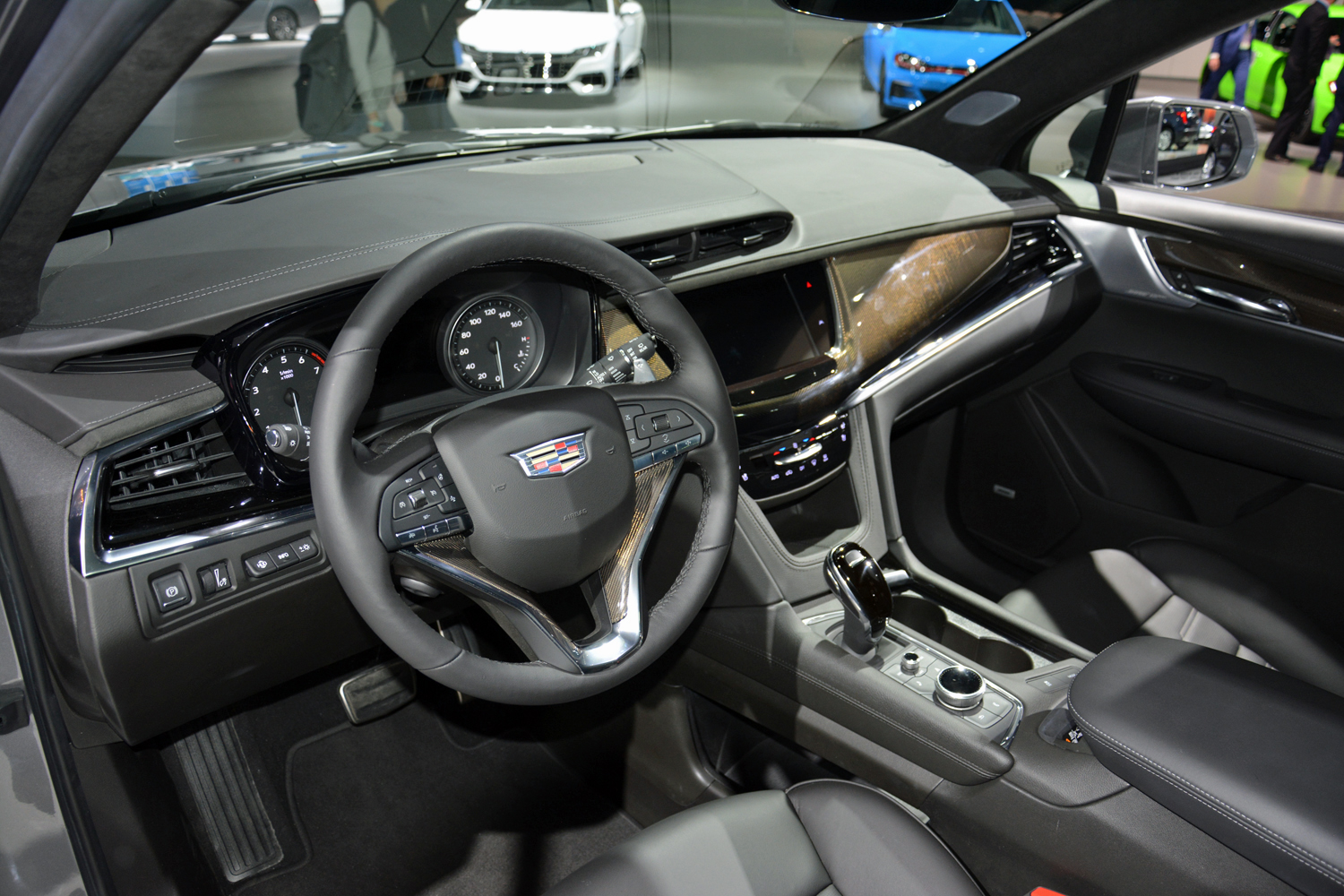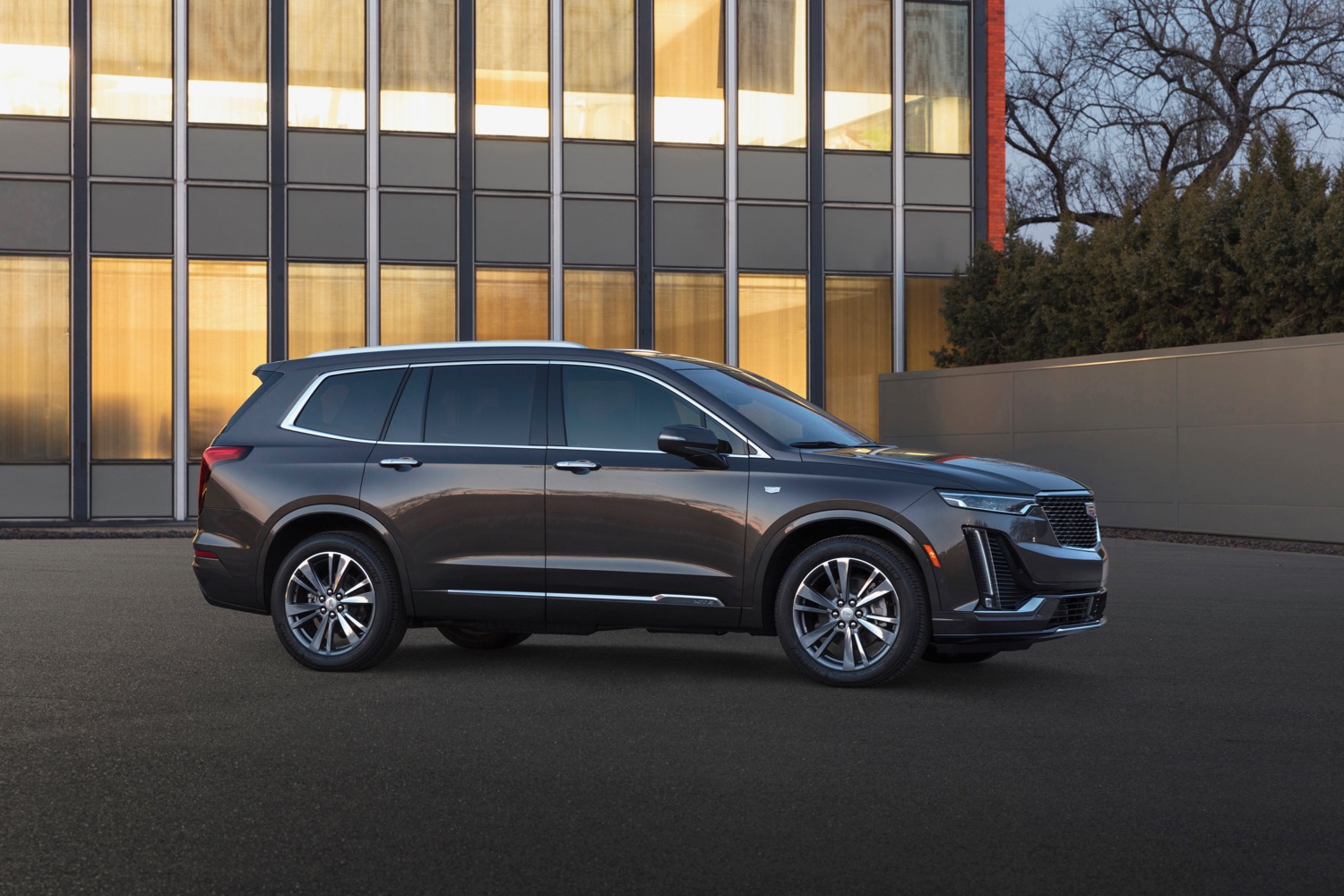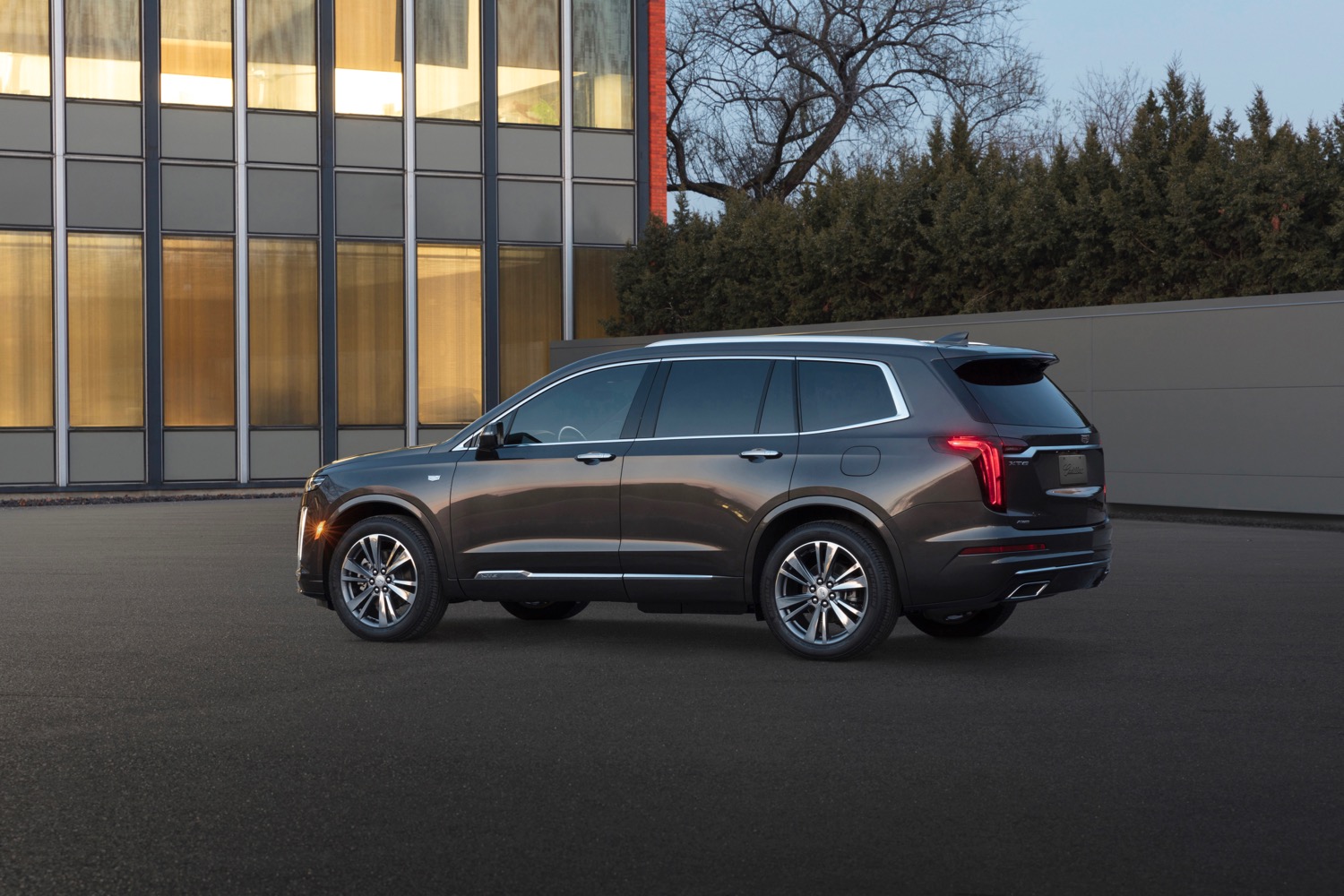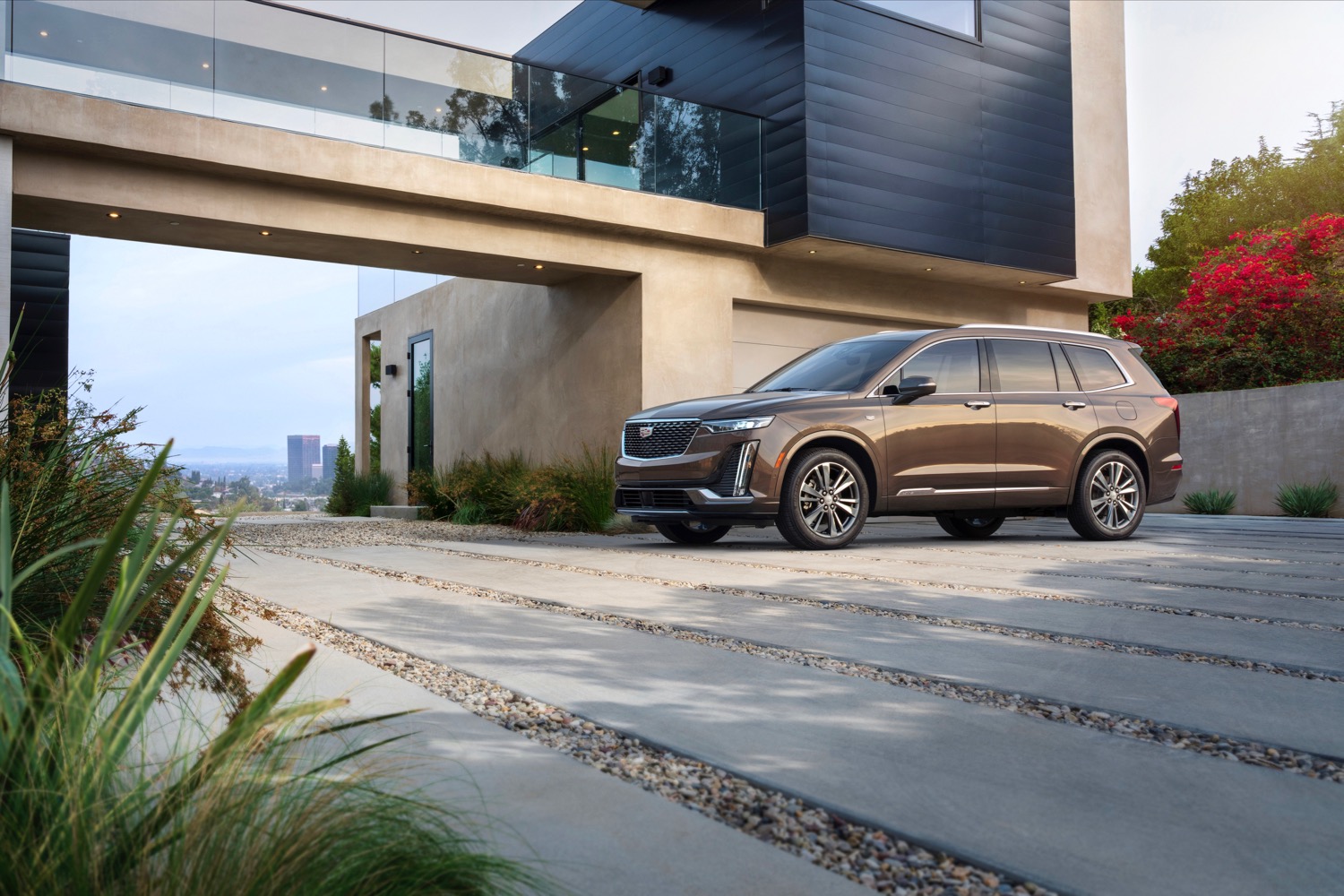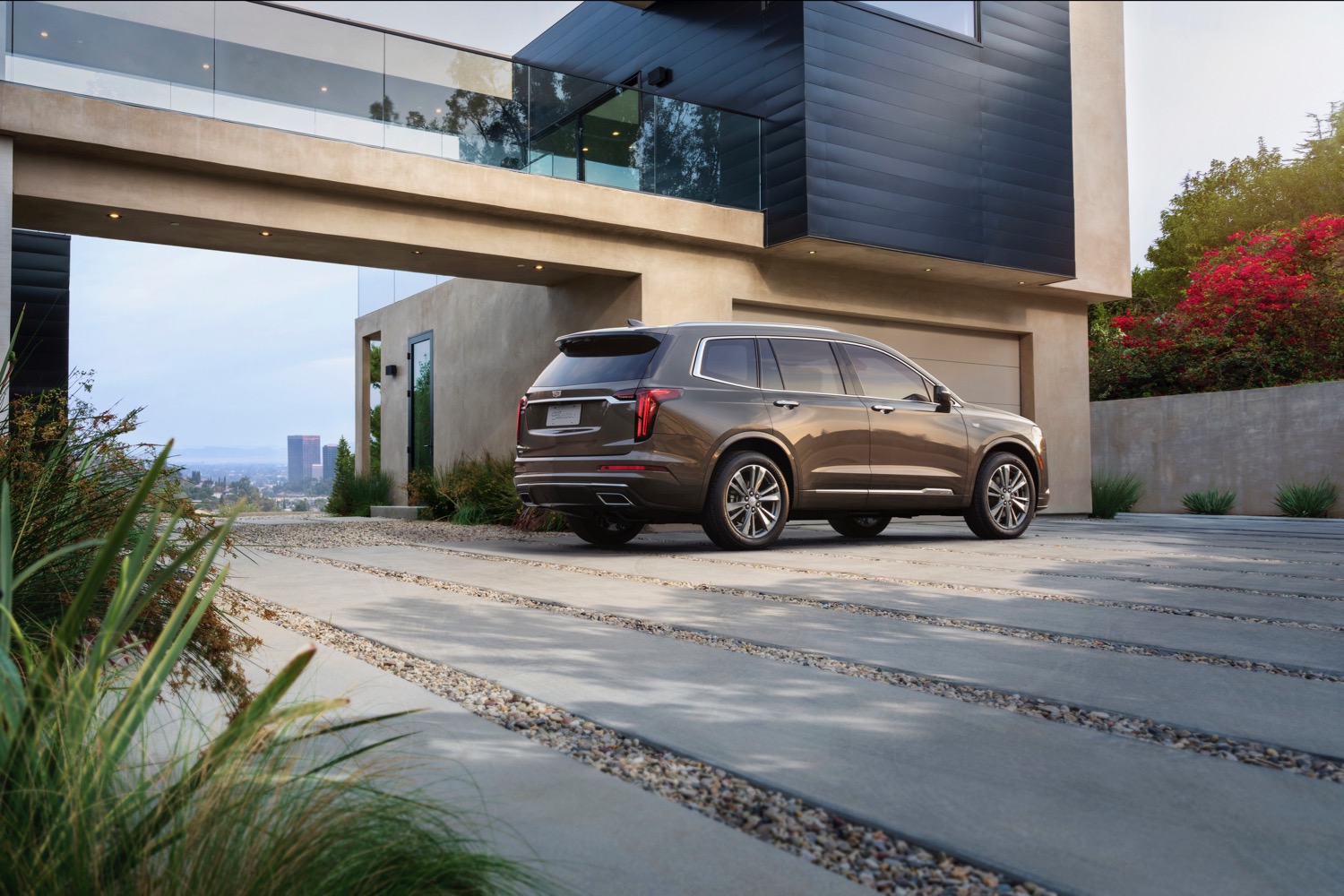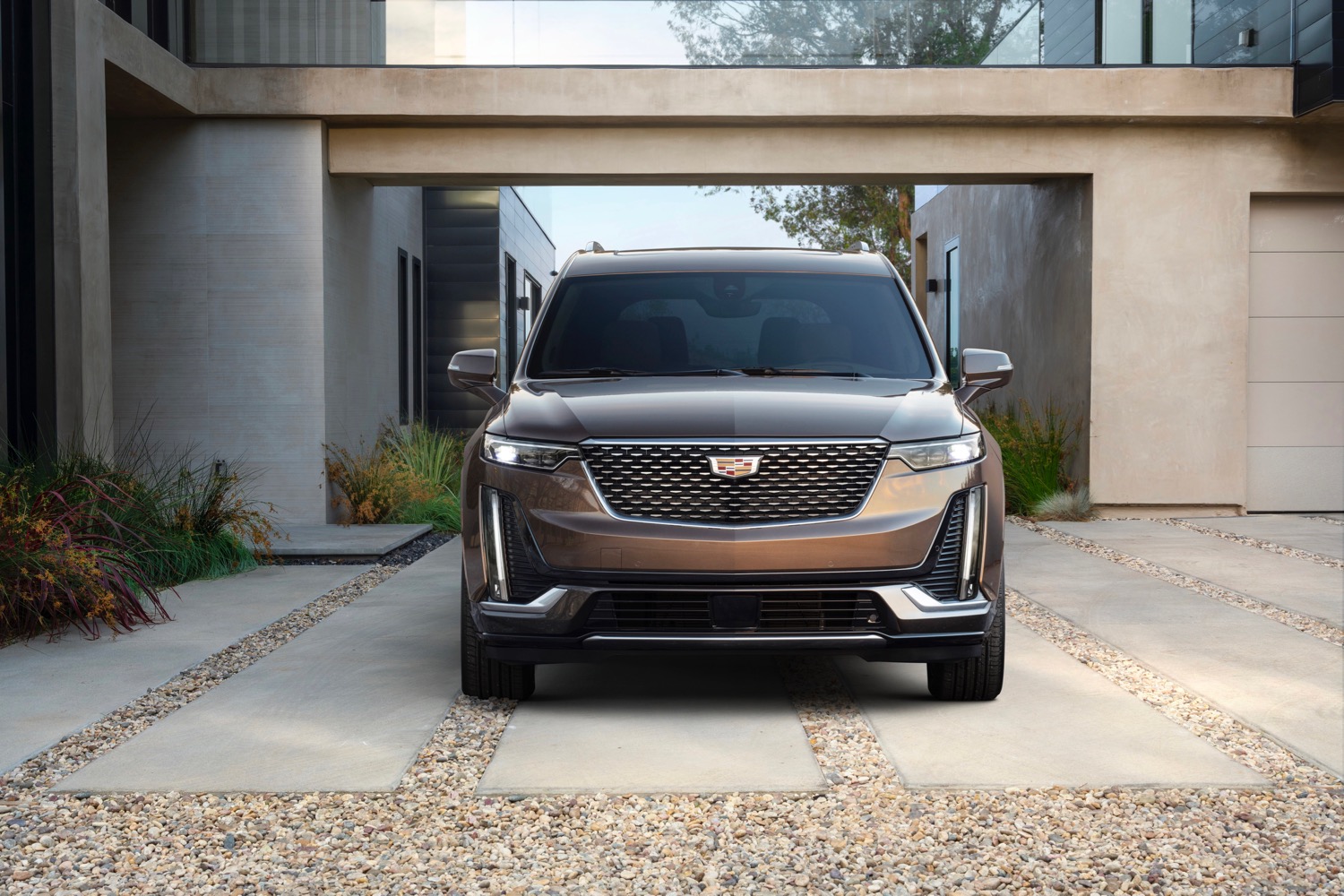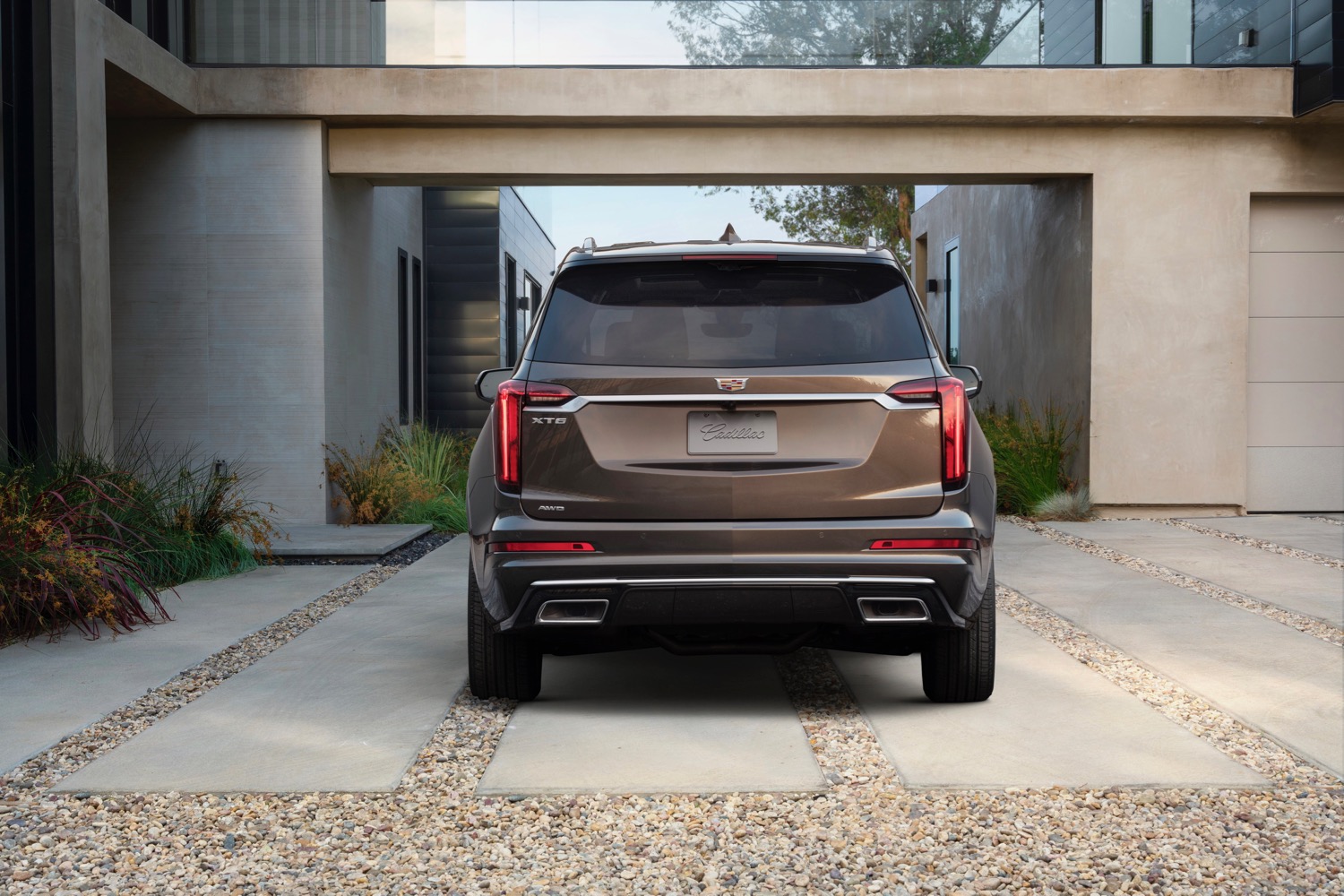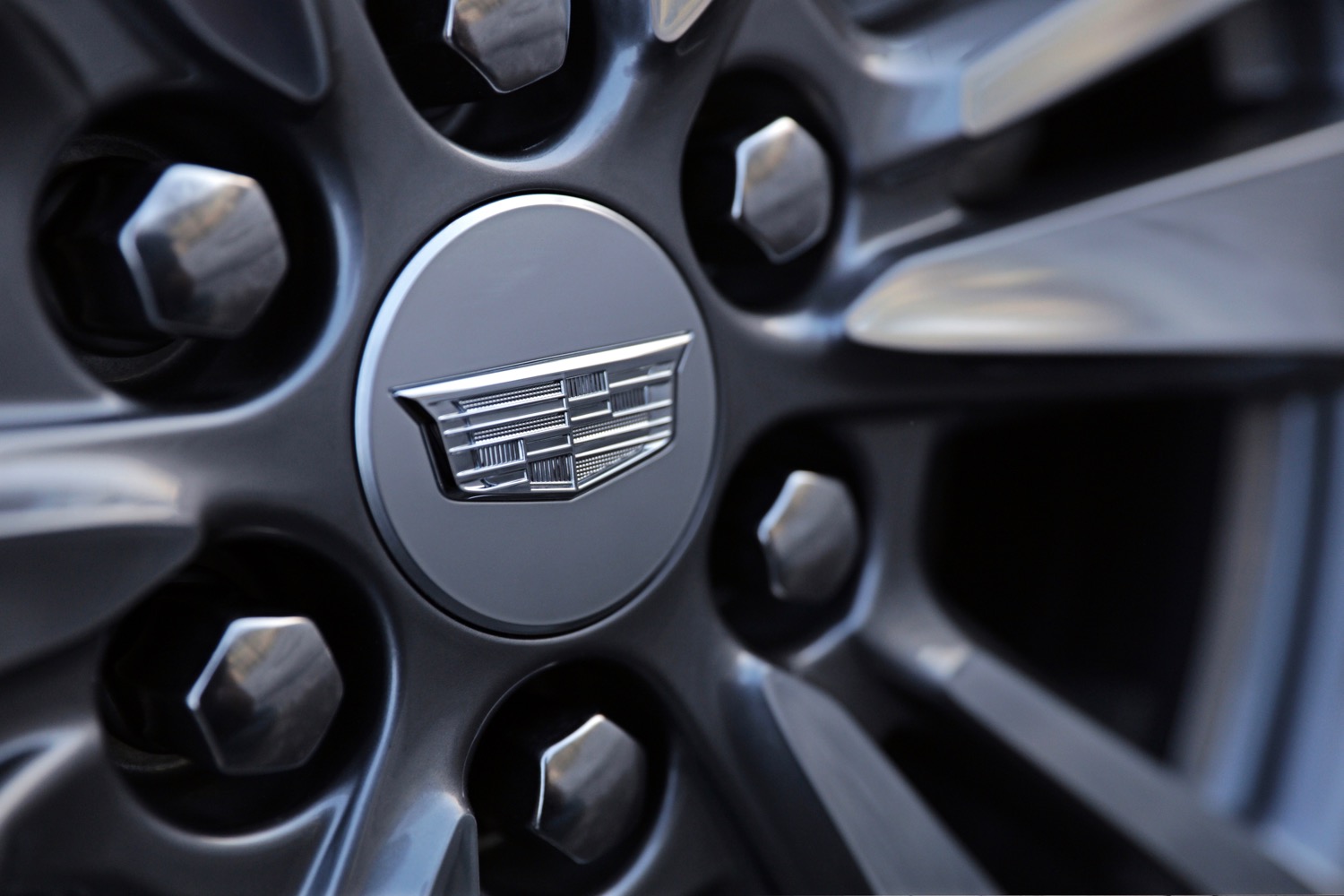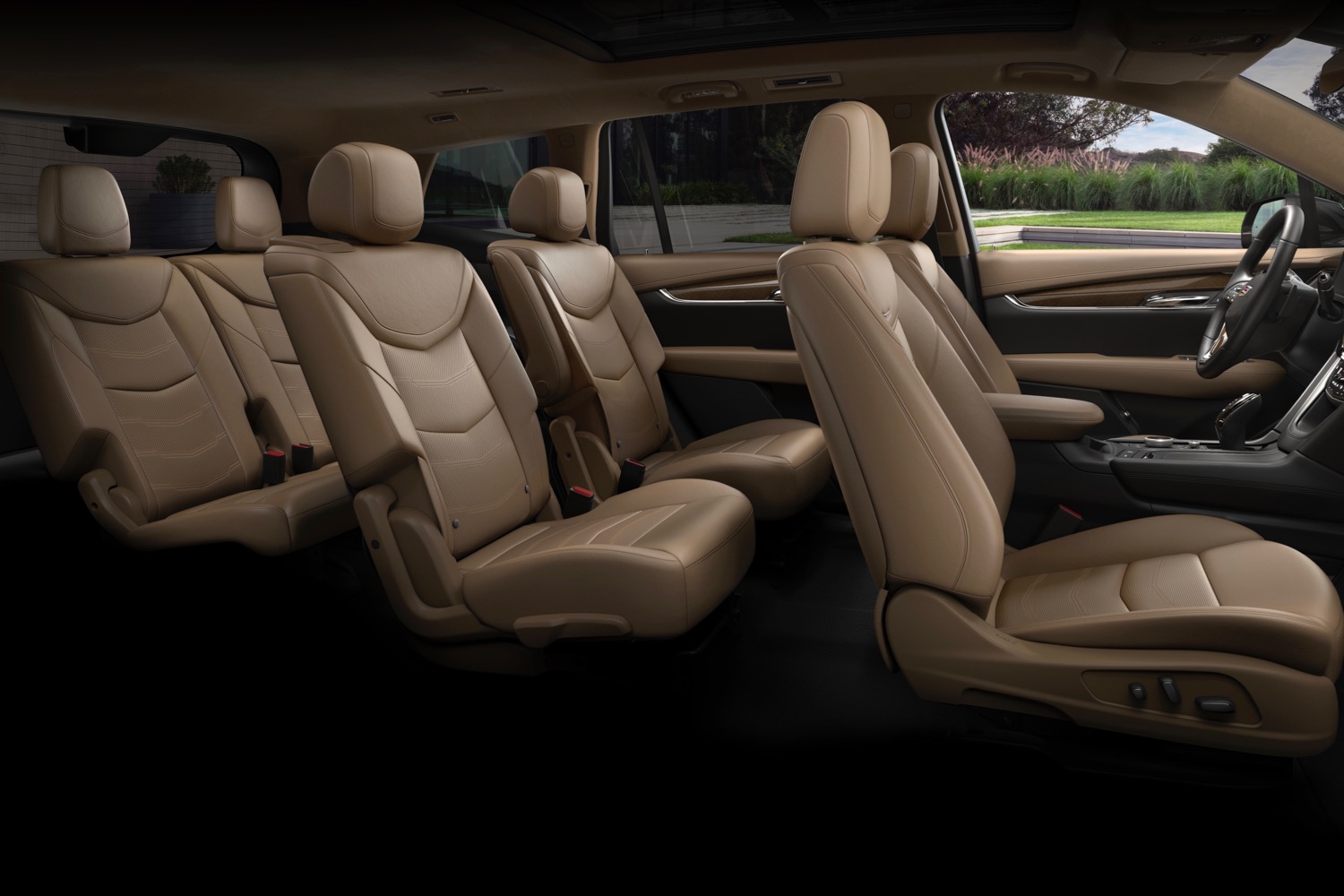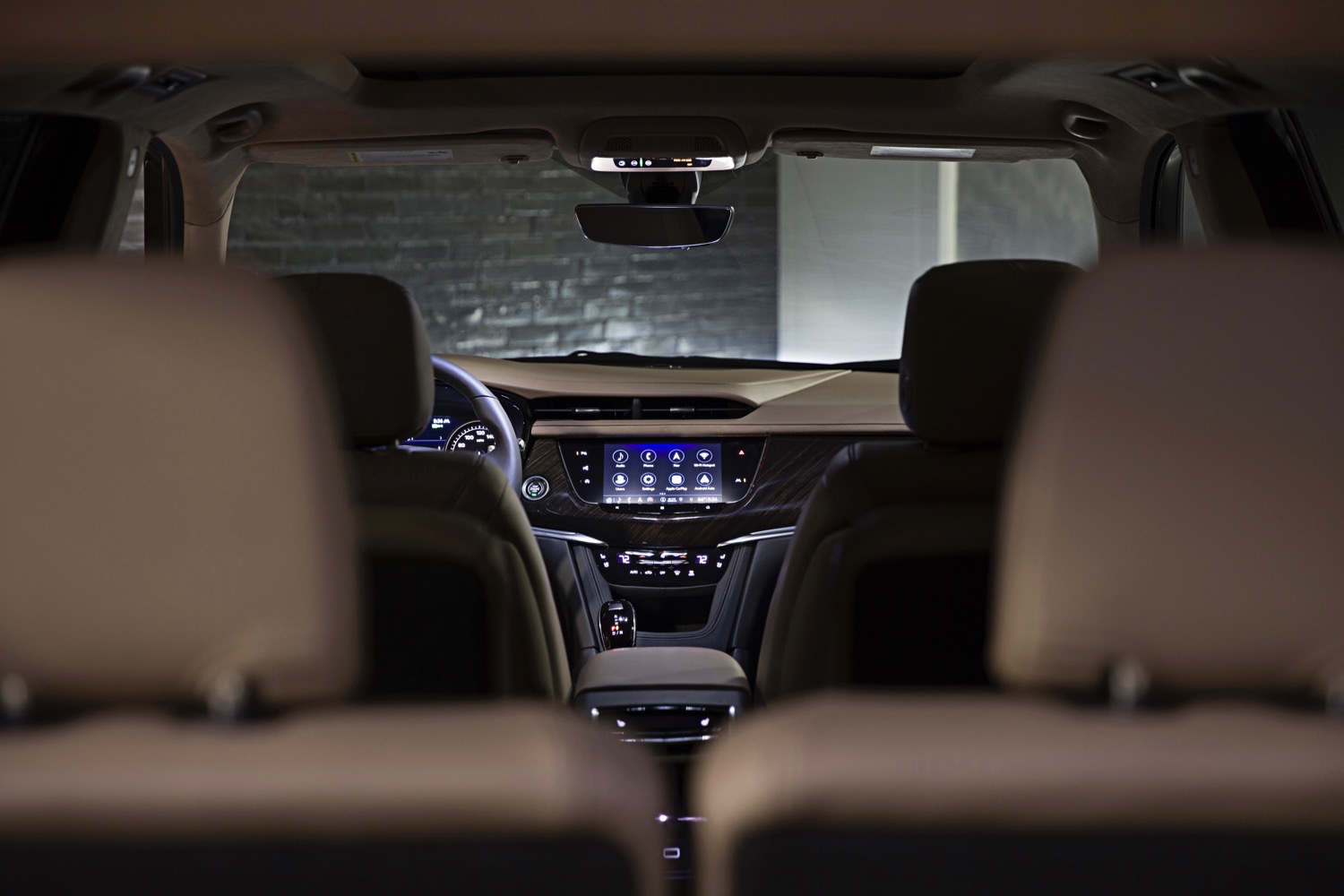Cadillac spent almost two decades building a lineup of sedans Americans can be proud of, only for buyers to abandon those vehicles in favor of crossovers and SUVs. So Cadillac changed course, deploying the XT5, and then the smaller XT4. At the 2019 Detroit Auto Show, those two models get a bigger sibling in the form of the three-row 2020 Cadillac XT6.
The XT6 bridges the gap between Cadillac’s other XT-series crossovers and the massive Escalade SUV. The new crossover is based on the same basic platform used by the Chevrolet Traverse, Buick Enclave, and GMC Acadia from Cadillac’s fellow General Motors brands. Likely competition includes the Acura MDX, Lexus RX 350L, and the equally new Lincoln Aviator.
What does Cadillac bring to the party that’s different? The same ruthlessly angular exterior styling as the XT4 and XT5, modified to fit the XT6’s bigger frame, for starters. The XT6 looks distinctive but, as with those other Cadillac models, the styling isn’t exactly pretty.
Under the skin, the XT6 features standard front-wheel drive or optional all-wheel drive. The sole available engine is a 3.6-liter V6, which produces 310 horsepower and 271 pound-feet of torque. A cylinder deactivation system lets the engine run on just four cylinders under light loads to boost fuel economy. The V6 is coupled to a nine-speed automatic transmission. The Sport trim level (one of two, alongside Premium Luxury) gets adaptive dampers, a faster steering ratio, and a retuned all-wheel drive system.
The XT6 gets the latest Cadillac User Experience (CUE) infotainment system, with an 8.0-inch touchscreen, Apple CarPlay/Android Auto, and a built-in Wi-Fi hotspot. CUE has been troublesome in the past, but the XT6 does get a rotary knob (borrowed from the XT4) that reduces reliance on the touchscreen. Six USB ports (two for each row of seats) are standard, but wireless phone charging is an optional extra. Other options include a 14-speaker Bose audio system, head-up display, power-folding third row, heated and cooled front-row, and heated second-row seats.
Cadillac offers autonomous emergency braking, lane keep assist, lane departure warning, rear cross traffic alert, and park assist as standard equipment. Optional driver aids include adaptive cruise control, reverse autonomous emergency braking, night vision (first seen on Cadillacs in the early 2000s), and the clever rear camera mirror, which switches from a conventional mirror to a screen showing feed from a rearview camera. Cadillac didn’t discuss availability of its Super Cruise driver-assist system, but the brand recently announced that all of its models would get the feature by 2020.
The 2020 Cadillac XT6 starts production this spring. Pricing starts at $53,690 for a front-wheel drive Premium Luxury model. The Sport trim level, which comes standard with all-wheel drive, starts at $58,090.
Cadillac parent General Motors is cutting staff and cars in order to fund future plans for more electric cars and autonomous driving. But the XT6 is very much a vehicle for the present moment, aimed at exploiting the current buyer obsession with crossovers.
Updated on March 11, 2019: Added pricing information.
